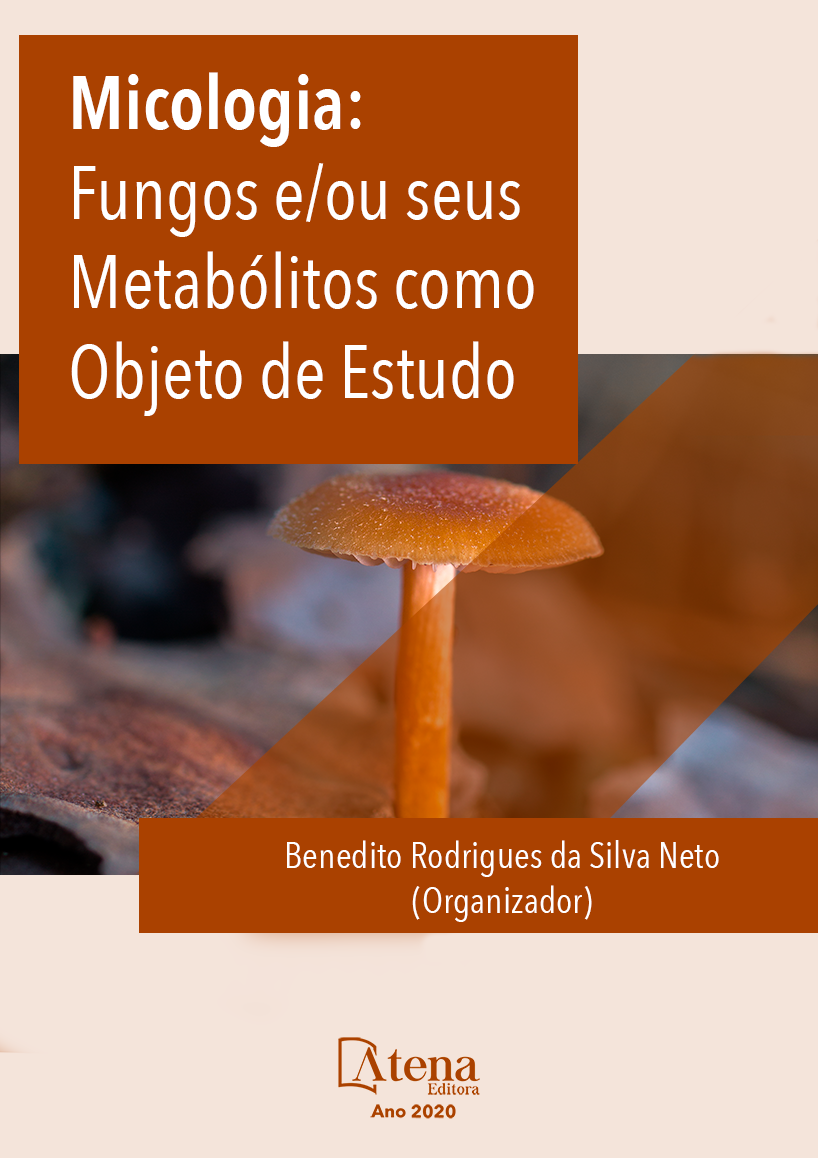
CARACTERIZAÇÃO DE ESPÉCIES DE Candida ISOLADAS DA MUCOSA ORAL DE PACIENTES PRÉ E PÓS-CIRURGIA PARA IMPLANTE DENTÁRIO
Este estudo teve por objetivo caracterizar espécies de Candida isolados de mucosa oral de pacientes odontológicos antes e após cirurgia para implantes dentários quanto aos fatores de virulência e perfil de suscetibilidade in vitro aos antifúngicos. Foram coletadas 21 amostras, utilizando a técnica do bochecho com salina, que posteriormente foram transportadas para o laboratório do IPTSP-UFG, onde foram realizados os testes de identificação fenotípica, atividade enzimática de proteinase, fosfolipase e hemolisina, bem como suscetibilidade in vitro para itraconazol e fluconazol. Foram obtidos 23 isolados com identificação de 5 espécies do gênero Candida: C. albicans (n=9), C. parapsilosis (n=9), C. tropicalis (n=3), C. glabrata (n=1) e C. guillermondii (n=1). Foi verificada produção enzimática em 65,2% (n=15) dos isolados, sendo que 19% apresentaram alta atividade em pelo menos uma das enzimas pesquisadas. Foi observada resistência aos antifúngicos em 52,1% (n=12) dos isolados, onde seis C. albicans apresentaram resistência para fluconazol e/ou itraconazol, enquanto que três C. tropicalis foram resistentes aos mesmos antifúngicos. Entre as espécies identificadas, isolados de C. parapsilosis foram mais suscetíveis tanto para itraconazol como para fluconazol. A resistência in vitro aos antifúngicos relacionado com atividade enzimática pelos isolados, pode ser associado à patogenicidade de Candida spp., demonstrando que estes fatores podem elucidar a patogênese das infecções superficiais orais, que podem ser foco primário de acometimento invasivo com pior prognóstico.
CARACTERIZAÇÃO DE ESPÉCIES DE Candida ISOLADAS DA MUCOSA ORAL DE PACIENTES PRÉ E PÓS-CIRURGIA PARA IMPLANTE DENTÁRIO
-
DOI: 10.22533/at.ed.6192002078
-
Palavras-chave: Candida spp., Atividade Enzimática, Resistência Fúngica.
-
Keywords: Candida spp.; Enzyme Activity; Fungal Resistance
-
Abstract:
This study aimed to characterize Candida species isolated from oral mucosa of dental patients before and after dental implant surgery regarding virulence factors and in vitro susceptibility profile to antifungals. Twenty-one samples were collected using the mouthwash technique, which were later transported to the IPTSP-UFG laboratory, where the phenotypic identification, enzymatic activity of proteinase, phospholipase and hemolysin were performed, as well as in vitro susceptibility to itraconazole and fluconazole. 23 (twenty-three) isolates were obtained with identification of 5 species of genus Candida: C. albicans (n = 9), C. parapsilosis (n = 9), C. tropicalis (n = 3), C. glabrata (n = 1) and C. guillermondii (n = 1). Enzyme production was verified in 65.2% (n = 15) of the isolates, and 19% showed high activity in at least one of the researched enzymes. Antifungal resistance was observed in 52.1% (n = 12) of the isolates, where six C. albicans showed resistance to fluconazole and/or itraconazole, while three C. tropicalis were resistant to the same antifungals. Among the identified species, C. parapsilosis isolates were more susceptible to both itraconazole and fluconazole. In vitro resistance to antifungals related to enzymatic activity by isolates may be associated with the pathogenicity of Candida spp., demonstrating that these factors may elucidate the pathogenesis of oral superficial infections, which may be the primary focus of invasive involvement with poor prognosis.
-
Número de páginas: 14
- Eulélia Antônio de Barros
- Vivianny Aparecida Queiroz Freitas
- Andressa Santana Santos
- Carolina Rodrigues Costa
- Antonio Márcio Teodoro Cordeiro Silva
- Milton Camplesi Junior
- Fábio Silvestre Ataides
- Fábio Silvestre Ataide


